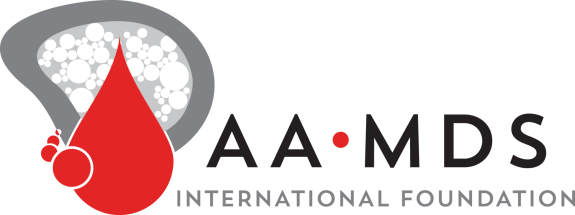The treatment of aplastic anemia (AA) has significantly advanced in the last 50 years, evolving from a fatal condition to one where survival rates now exceed 80-85%. Hematopoietic stem cell transplantation (HSCT) and immunosuppressive therapy (IST) have become the primary treatments, with the latter widely adopted due to factors like the scarcity of compatible donors, patient age, comorbidities, and limited HSCT access. A therapy breakthrough was the introduction of antithymocyte globulin (ATG), with its effectiveness further boosted by cyclosporine. However, it took years to achieve another major milestone in management. Initially, treatments aimed to intensify immunosuppression following the success of the ATG-cyclosporine combination, but these methods fell short of expectations. A major turning point was combining immunosuppression with stem cell stimulation, surpassing the efficacy of IST alone. Earlier, growth factors had shown limited success in AA treatment, but thrombopoietin receptor agonists represented a significant advancement. Initially applied alone as salvage, these were later combined with IST, forming the most effective current regimen for medically managing SAA. Horse ATG is the preferred formulation combined with cyclosporine and eltrombopag. This progress in AA treatment offers improved outcomes for patients afflicted with this once-lethal disease.
❄️ Give the Gift of Answers, Support, and Hope ❄️
Please make a donation to the Aplastic Anemia and MDS International Foundation this holiday season.

